No-parking zone: the biodiversity of Woodford Square
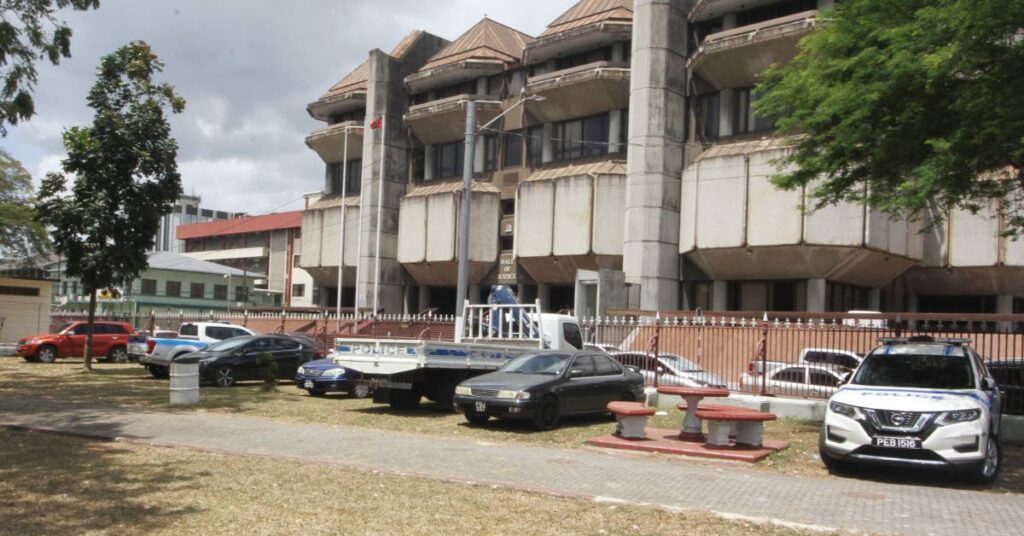
DR AKILAH STEWART
On April 12, Newsday ran a story headlined Cars parking in Woodford Square again. It detailed the presence of cars parked illegally on the northern side of one of the few green spaces in Port of Spain.
This was not the first time this had happened, as the article highlighted that unauthorised parking had occurred last year, but was subsequently stopped by the authorities. I want to acknowledge Newsday for bringing attention to this issue, and also the authorities’ decision to restrict parking in Woodford Square.
It’s important to recognise the significant historical value of this area, as it served as a burial site for the First Peoples and was also a place where enslaved individuals were flogged and hanged during British colonial rule. This is detailed in a summary on Woodford Square by the National Trust.
I had the opportunity to explore a different aspect of the square in 2022: its biodiversity.
The Trinidad and Tobago Bioblitz took place on December 3-4 of that year. A bioblitz is an intense survey event, in which scientists and nature enthusiasts try to identify as many species of plants, animals and other creatures as possible within a five-km radius in 24 hours.
During bioblitzes, hundreds of species including plants, birds, mammals, and insects are identified by volunteers from all over the country, with contributions from international researchers. Bioblitz gatherings allow people to explore their environment and learn from each other and scientists in various fields.
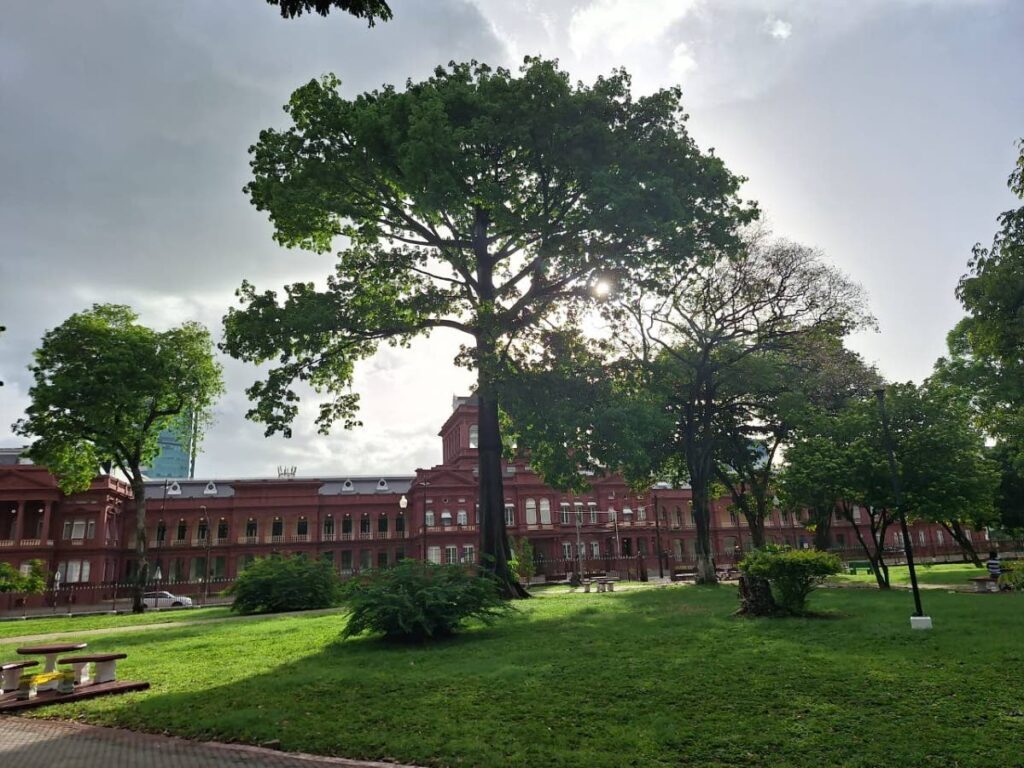
Occasionally, new species may be recorded for the first time in that location, or entirely new species may be discovered.
Bioblitzes can also serve as a time stamp of a given area, as our environment continues to be changed by urbanisation.
Bioblitz events occur all around the world. In TT, they have been organised by the Field Naturalists’ Club (TTFNC) and the Department of Life Sciences, UWI, every year since 2012.
They have taken place in locations in Trinidad, such as the northwest Tucker Valley (2012) and the southwest in Icacos (2016), and in Tobago, in Charlotteville (2015) and the Buccoo Reef Marine Protected Area (2023). During the covid19 pandemic lockdown, the event shifted to our own backyards, using the online photo-based biodiversity identification app iNaturalist.
In 2022, the organisers introduced a regional edition called the Inter Island Bioblitz, involving Barbados, TT and Jamaica.
I was in Port of Spain for the 2022 Bioblitz and decided to explore Woodford Square. I observed many species that make it their home, some of which I will share.
Plants were the easiest to observe. There were the big-leaf mahogany or Honduran mahogany trees, a wood plantation species native to the West Indies. Several trunks from previously cut trees were present. I assumed they may have been more than 50 years old; some were larger than my arm span! I also wondered how much history these trees may have witnessed, and hoped there were measures under way to replace them.
In the decaying wood of these trunks, other organisms were taking up residence. I observed joint-toothed moss and a dozen different type of fungi and mushrooms. The colours of the latter included chocolate brown, white, yellow, and fire-orange, with shapes ranging from crust-like, bracket-like, shelf-like, umbrella-like, and ice-cream-like. These organisms play an important role in nature as decomposers and in the cycling of nutrients in ecosystems such as the square.
Among the larger trees, which provided shade and homes for birds and other creatures, there were numerous small flowering plants among the grass and wild sedges. They had curious names like the purple-petalled brittle false pimpernel, and the native purple-petalled john bush with green flower bracts that some people say look like the segmented body of a shrimp, the yellow-petalled spinyhead sida or balie. There was also the Moses-in-the-Cradle with thick purple and green leaves, and bitterweed or white top with jewel-like white flowers. A lawn can support so much more biodiversity than a green carpet of grass.
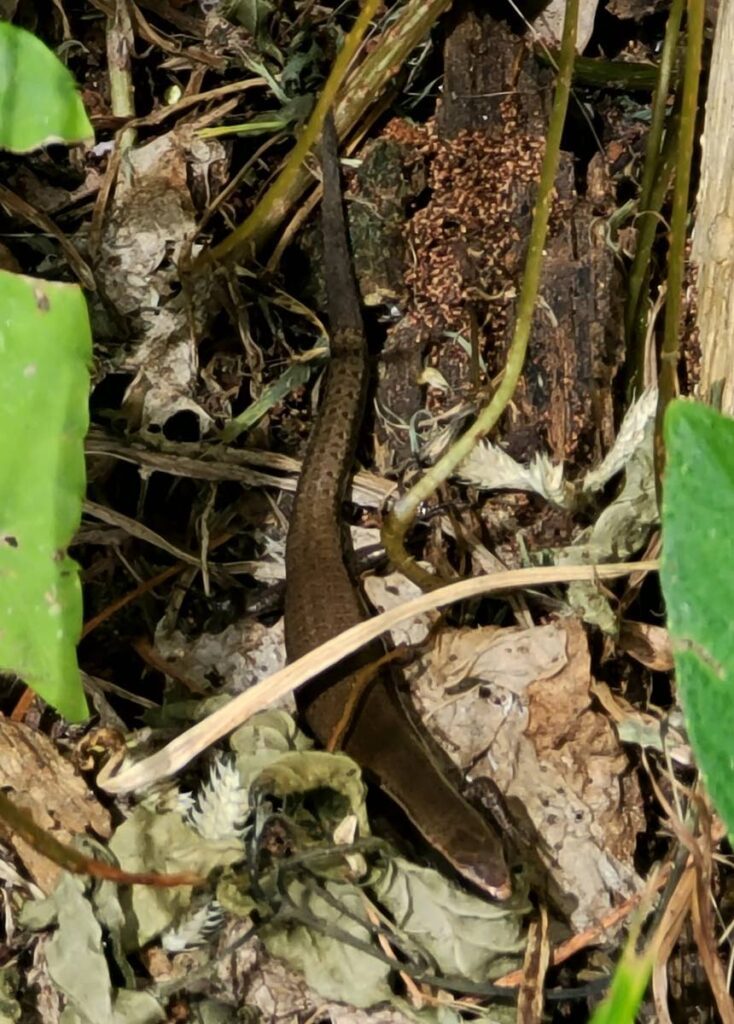
In the northern area near the Hall of Justice, where people illegally parked their vehicles this year, I spied a vine that looked like a passionfruit plant called the corkystem passionflower. I had only known about passionfruit that we use to make juice and fruitcake, but there are over 500 different species in the passionfruit genus! This made me think about how humans often reduce biodiversity to only a few plants that are immediately important to us.
Later, I came across a purple flower called ironweed. The shape of the horizontal, fine petals brought back memories of a plant that, when I was a child, we used to pretend were lipsticks. Another wildflower with an interesting name was false buttonweed, locally known as white broom. The flowers were white and not much bigger than a pencil point! It was the tiniest bouquet I had ever seen, on which tiny ants were feeding.
Many of these wildflowers are important food sources for insects, including bees and butterflies, and in turn the insects serve as vital pollinators.
If I were a contestant on a survival show like Discovery Channel’s Naked and Afraid, I would be sure to find something easily identifiable to eat: the ivy gourd vine. In Asian cultures, its fruit and leaves are used for cooking. It has a white flower with a similar shape to a watermelon but smaller in size.
I also spotted a sea almond tree on the west side near the Red House, where older gentlemen sat in deep discussions on benches in the Saturday sun. It is also called the West Indian almond, to distinguish it from the more commercial southwestern Asia almond, Prunus amygdalus, that we find in the grocery. The almonds had a vivid greenish-purple flesh that is edible. In my primary-school days, we would smash them to access the inner edible nut.
As for insects, I observed at least five different types of ants, which I have not been able to identify. There were golden-coloured ants, ants with black heads and brown bodies…ants as small as two mm, and speedy ants that would not let me take their picture. We have over 230 species of ants in TT – a conservative estimate, as they are not well studied! Other insects observed were thespid mantis’s egg casings, a white peacock butterfly and the dark sod webworm moth.
One unusual observation was a dead short-tailed swift. Swifts are hard to see because they spend most of their time flying and catching insects in the air. I have observed birds living three blocks away, in traffic-light poles on the South Quay intersection, in the past. Seeing this swift made me wonder if this bird also lived in urban Port of Spain.
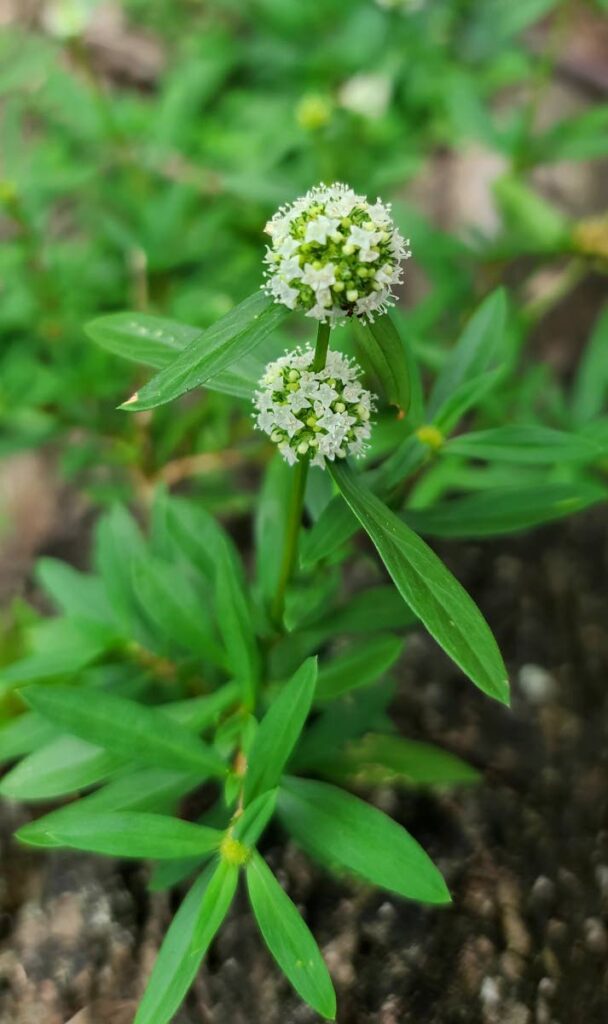
TT has almost 500 species of birds, and a number can be observed in Port of Spain on a typical day. These include the rock pigeon, great kiskadee and the tropical mockingbird, but there are also interesting larger birds like the yellow-headed caracara, the migratory osprey and seabirds like the large frigatebirds, with a two-metre wingspan, which can sometimes be seen soaring high over Port of Spain.
Lastly, I also saw one of about 25 lizard species that exist in TT; two shiny brown Underwood’s spectacled tegus were scuttling amongst dried leaves.
After an hour, I had made 46 observations. I felt there was much more I could have discovered had I stayed longer, peering into nature in our capital city. I imagined what it was like years ago for the First Peoples walking in a shadowy, forested version of this area when the St Ann’s River had not yet been diverted from the square. It must have indeed been a very sacred space before asphalt, car horns and electricity lines became prominent fixtures.
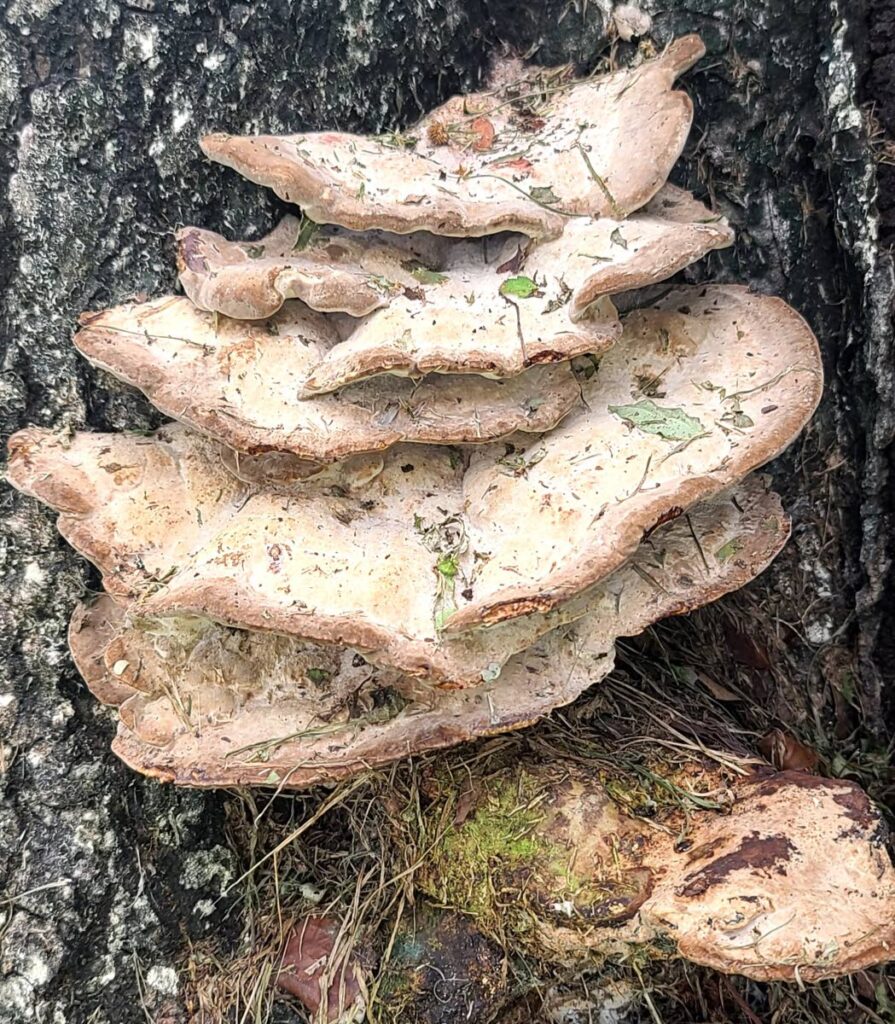
I also thought about Sir Ralph Woodford, governor of Trinidad from 1813-1828. With his documented anti-abolition position, he would not have ever wanted someone like me to enjoy this space.
In the 2022 Inter Island Bioblitz, over 4,700 observations were made and over 1,200 species identified in the three counties. It is typical to identity around 1,000 species in TT in 24 hours in a five-km radius. I was thankful for the many online iNaturalist users across TT and around the world who helped identify my observations.
I encourage the mayor of Port of Spain, Chinua Alleyne, to continue to protect Woodford Square as a no-parking zone. I humbly suggest his office considers installing some information on the biodiversity and natural history of the square as an addition to its rich history.
The 2024 Bioblitz will explore the southeastern tip of Trinidad, in Guayaguayare Village, on June 29-30. You can find out more from the T&T Bioblitz Facebook page. All are welcome and are encouraged to attend!
Dr Akilah Stewart is an environmental biologist and a member of the TTFNC. The scientific names of these and all other species identified can be found on the Inter-Island Bioblitz 2022 iNaturalist page. Books on TT’s biodiversity can be found on the TTFNC website’s publications section.


Comments
"No-parking zone: the biodiversity of Woodford Square"